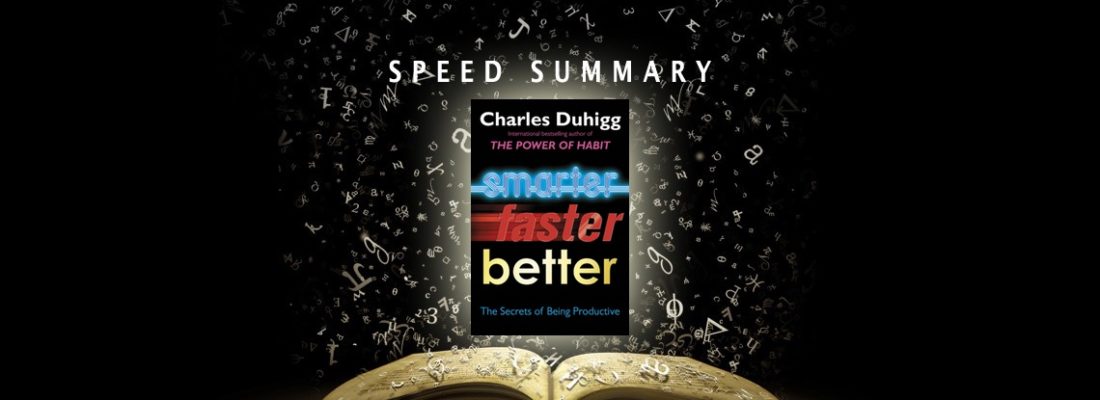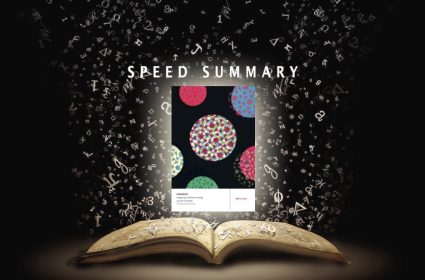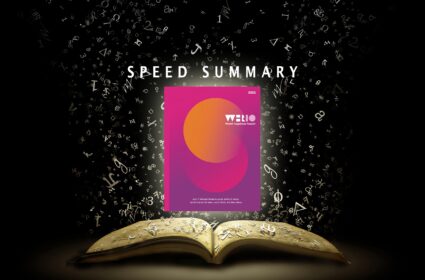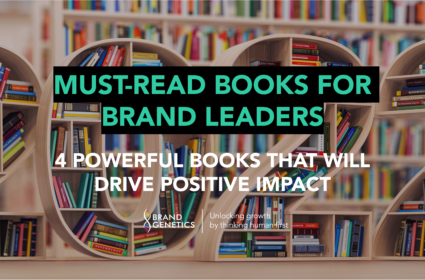Smarter, Faster, Better [Speed Summary]

- Smarter Faster Better: The Secrets of Being Productive
- Author: Charles Duhigg
- Publisher: Heinemann
- Publication date: March 2016
Want to make your innovation efforts more productive? Then the secret is simple. Never start by creating something new. Instead, innovate creatively by combining existing solutions. In Smarter, Faster, Better: The Secrets of Being Productive, Pulitzer Prize-winner Charles Duhigg shares this and seven other sets of ‘productivity hacks’ that promise to boost your personal productivity and that of your business. Combining insights from psychological science with engaging case study stories, Smarter, Faster, Better reveals the productivity hacks used Disney, Google, Quantas, Toyota and even the FBI to be, well, smarter, faster and better.
Productivity Hacking
Zip down to the end of the summary to see the list of productivity hacks themselves, but there’s one hack worth focusing on for innovators. And that’s how to make innovation more productive. It’s rare that we see the terms ‘productivity’ and ‘innovation’ together. Productivity is the art and science of getting the maximum reward for the minimum effort, and innovation has a notoriously bad track record at being productive. With a 90%+ failure rate – business innovation is usually wasteful, high-effort, and low-reward. Smarter, Faster, Better reveals exceptions to this unproductive state of affairs.
Innovation Brokers
The secret to productive innovation, it turns out, is to never start by building something new, instead combine two existing things, *creatively*. To nail the storyline for Frozen, Disney took an old script and combined it with a personal experience. The hit broadway show West Side Story combined gang-land pulp fiction with ballet. The innovation of ‘lean manufacturing’ was a creative combination of the Toyota Production System with the General Motors way. Even in science, big breakthroughs are nearly always creative combinations of existing research. And in terms of insights, psychologist Gary Klein has found that more than 80% of insights are creative combination of old insights applied to new situations. Bottom line, innovators are not creators, we are brokers who broker ‘deals’ between existing solutions to produce creative combinations. As ‘innovation brokers’, we are the match.com of business futures, seeking out creative combinations.
From this perspective, productive innovation is all about walking Einstein’s talk – that “creativity is combinatory play”. Just as the genes of two lives combine to create a new life, productive innovation is all about creative combinations. Or put differently, the innovative bit of productive innovation lies in the creative combination not the new invention. And the practical upshot is clear; if you want to give a productivity boost to innovation, never start your work stream with abstract ideas, concepts or blank sheets of paper. Instead, always start with what what already works somewhere and combine it with something else – whether a product, service or situation – in order to make it better. In short, unless you can say ‘this innovation is a combination of A and B’, then you can say goodbye to productive innovation. It’s that simple.
The BG Take
We loved Smarter, Faster, Better. But as champions and practitioners of genetic creativity – which is all about combining existing elements in new ways – we would. Duhigg’s book provides more ammunition in the quest to convince clients not to start innovation in the abstract – with ‘ideas’, ‘needs’ or ‘concepts’. Innovation is hands-on, real and dirty – combining real things that exist not inventing new ideas that don’t. But innovators are a traditional bunch, and the idea that a brand’s next breakthrough innovation is going to be a creative combination of existing solutions, remains a tough sell.
The other top secrets of productivity revealed in Smarter, Faster, Better are more tangential – but still useful – to innovation
- The Secret to Productive Innovation. Combinatory creativity. Combine existing solutions and situations creatively, including those from outside your category, to build effective next-generation winners efficiently
- The Secret to Productive Motivation. To sustain motivation, you need to give yourself choices and make those choices expressions of what you stand for. Choice-making gives you a sense of self-determination and control (an internal locus of control in psycho-babble), and this drives motivation. So, even when goals are set, find choices that allow you to achieve the goal your way
- The Secret to Productive Focus. Visualisation. Visualise your desired outcome, and then visualise all the obstacles that could get in the way. Now visualise how you’d negotiate the obstacles to achieve your goal. Visualisation promotes productive focus
- The Secret to Productive Goal Setting. Combining longterm ‘Stretch goals’ with proximal ‘SMART goals’. Start with a motivating long term ambition, and then break this down into smaller SMART goals – specific, measurable, achievable, realistic and time-lined – that make achieving your big ambition more likely
- The Secret to Productive Decision-Making. Productive decision-making is also about envisioning. This time it’s about envisioning outcomes from different perspectives. From your personal perspective, that of your company, shareholders, and most importantly your customers. The more we seek out alternative perspectives, ideas and experiences, the more productive our decision-making
- The Secret to Productive Teamwork. Teams are more productive when they use empathy to interact with each other – feeling what the other is feeling and seeing the world from the other’s perspective
- The Secret to Managing Others Productively. Subsidiarity. To manage other productively, push decision-making to whoever is closest to a problem, and empower them with decision-making authority
- The Secret to Absorbing Data Productively. Using data to be productive requires making fixing the data in a meaningful mental model. A simple way to do this is to explain the new data – and why it matters -to someone else. Failing that, write a note to yourself, explaining what you’ve just learned and why it matters.




